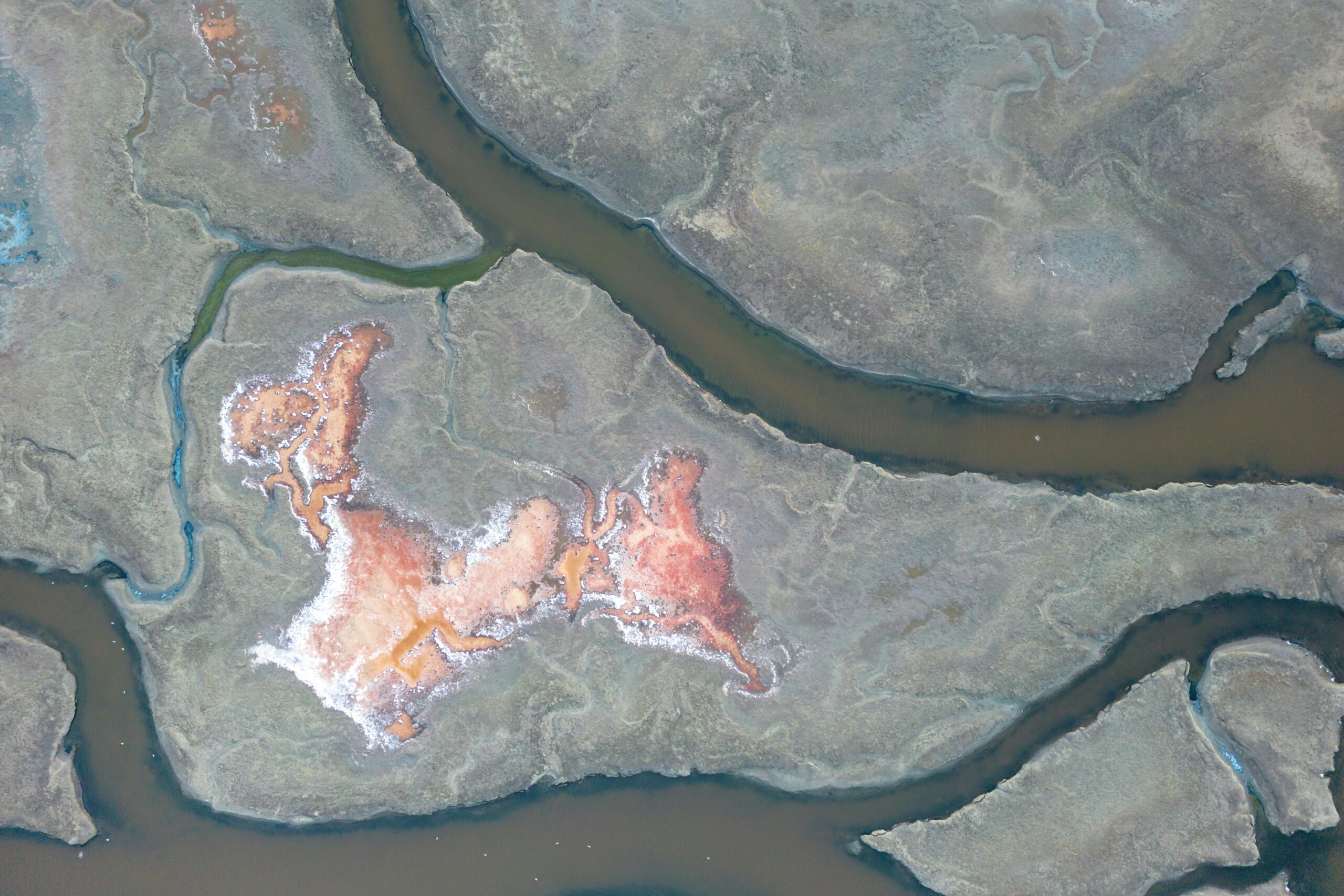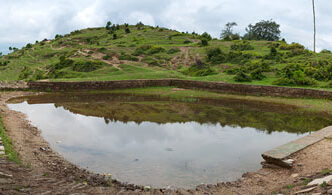This note is not meant to be a technical commentary on groundwater and aquifers. Keen readers are encouraged to visit ACWADAM‘s website or consult their publications for a better scientific understanding of aquifers and their natural settings. Thanks to ACWADAM, terms like aquifers, run-off, recharge and discharge zones have found a significant place in the discourse on water management in India.
It is now recognised that what we may call “an aquifer” may actually be a vertical array of aquifers separated by different types of confinements (impervious separation layers), such as impermeable rock or clay layers.
This note focuses on the functional aspects of groundwater management; technical detail is kept to a minimum. The basic premise is sustainability as an emerging universal value and an outline of what needs to be done so that it does not remain a mere wish.
What do we mean by sustainability?
For groundwater the working definition used here is:
The groundwater level and quality at any point should remain the same before the beginning of the monsoon.
This does not mean simply being able to extract as much groundwater as was used last year; the ideal outcome is that groundwater levels gradually increase. Achieving this implies that only renewable groundwater is utilised without touching fossil or mineral groundwater.
Efforts may be made to increase the quantum of renewable groundwater through enhanced recharge. That requires additional recharge via artificial recharge, over and above natural recharge. Natural recharge occurs through natural conduits without specific human intervention to enhance it.
Artificial recharge: pathways and caveats
Construction of a check dam on a stream may lead to enhanced recharge and therefore may be considered a mechanism for artificial recharge. Whether enhanced recharge actually takes place depends on local shallow hydrogeology, specifically whether the geological strata beneath the check dam permit downward movement of water to an aquifer (a geological unit with measurable water-holding capacity). When this happens we may call it artificial recharge through the natural recharge process.
If an aquifer exists beneath a check dam but the strata above it do not permit downward movement, a recharge shaft can be constructed in the storage area to convey water down to the aquifer. This is artificial recharge through an artificial recharge process.

If a recharge shaft is constructed at a site without a check dam, it will facilitate soil moisture from a limited area to move down to the aquifer. Recharge will occur, but the soil may be drained not an entirely desirable outcome in agricultural fields.
Another commonly used water-conservation measure in watershed development is contour trenches, undertaken with the expectation of generating recharge. Recharge from contour trenches will occur only if the site is conducive to natural recharge. If not, impounded water will eventually be lost to evaporation unless the site permits shallow downward flow towards a stream.
Making recharge useful: the key challenge
Making recharge effective requires that the recharged water reach an aquifer that is currently yielding water, so the recharged water becomes immediately available for use. The first task, therefore, is to identify the aquifer that should be recharged, a task that requires careful and imaginative work.
Construction considerations by geological setting
- Soft rock and alluvial areas (where bore wells are likely to collapse):
- Provide casing to stabilize the bore.
- Gravel packing is often used outside the casing; however, this packing itself can convey water into aquifers that are not intended to be recharged. To reduce that risk:
- Perforated casing should be provided only to a shallow depth, and
- The gravel packing should be sealed where the perforation ends.
- Hard rock areas: the normal practice is shallow casing (which for recharge should be a perforated pipe). To ensure water does not enter unproductive aquifers, unperforated casing should be used to screen the thickness of such aquifers.
It should be obvious that effective recharge requires identification of productive aquifers. There are no ready-made formulae for doing this; the following measures can guide the process.

Identifying and mapping productive aquifers suggested measures
- Collect drilling-time data. Record depths at which water was struck, the drilled material at different depths, and conduct water-quality analyses of samples collected at depths corresponding to successive aquifers.
- Monitor water quality seasonally. Calibrate groundwater quality against water levels and seasons to understand temporal variability.
- Monitor water levels. Correlate water-level changes with abstraction volumes. Where possible, drill separate observation borewells so different data sets can be monitored without direct interference.
- Monitor rainwater quality. Assess how rainwater chemistry influences aquifer water quality.
- Understand and map natural recharge mechanisms. Recharge mechanisms operate at local and regional scales. Regional recharge is particularly significant for alluvial aquifers for example, the Ganga, Yamuna and Punjab plains where recharge is assumed to occur in terai regions.
Closing thoughts
Groundwater management is fundamentally a functional exercise: it is about deciding where to recharge, how to recharge, and how to ensure that recharged water is available and usable. The technical details matter, but the first-order tasks are practical: identify productive aquifers, match recharge mechanisms to local hydrogeology, monitor carefully, and design construction and screening methods that prevent unintentional drainage or contamination of non-target aquifers.
Sustainability measured as stable or improving groundwater levels and quality at the start of each monsoon should be the operational goal. Achieving it will require a mix of modest scientific investment (data, monitoring and mapping), appropriate engineering decisions, and careful matching of recharge interventions to geological reality.


